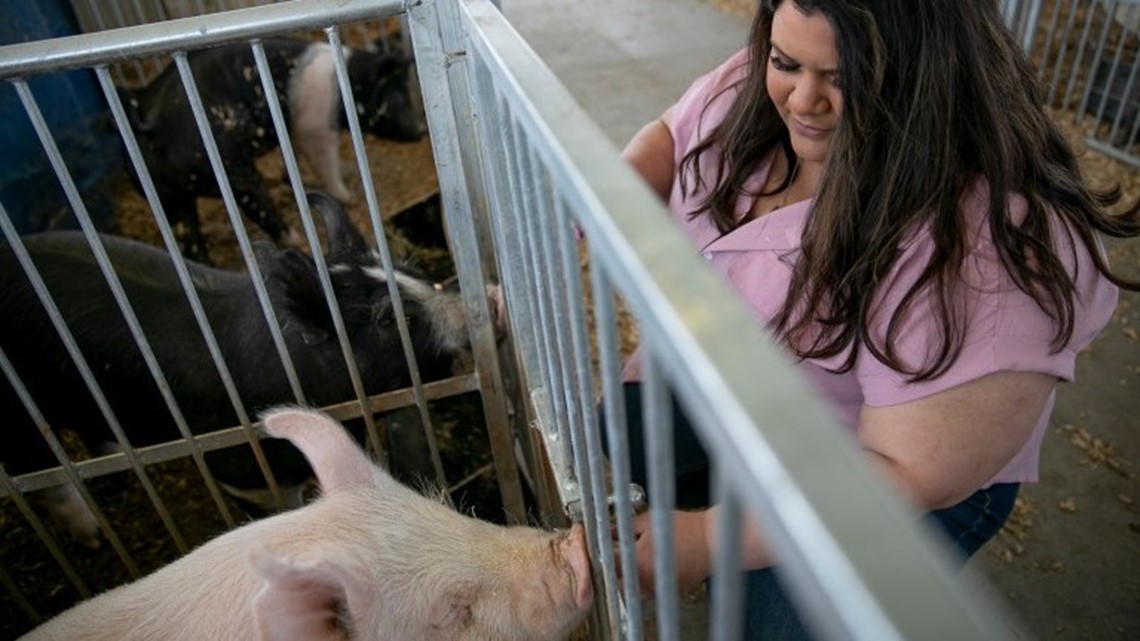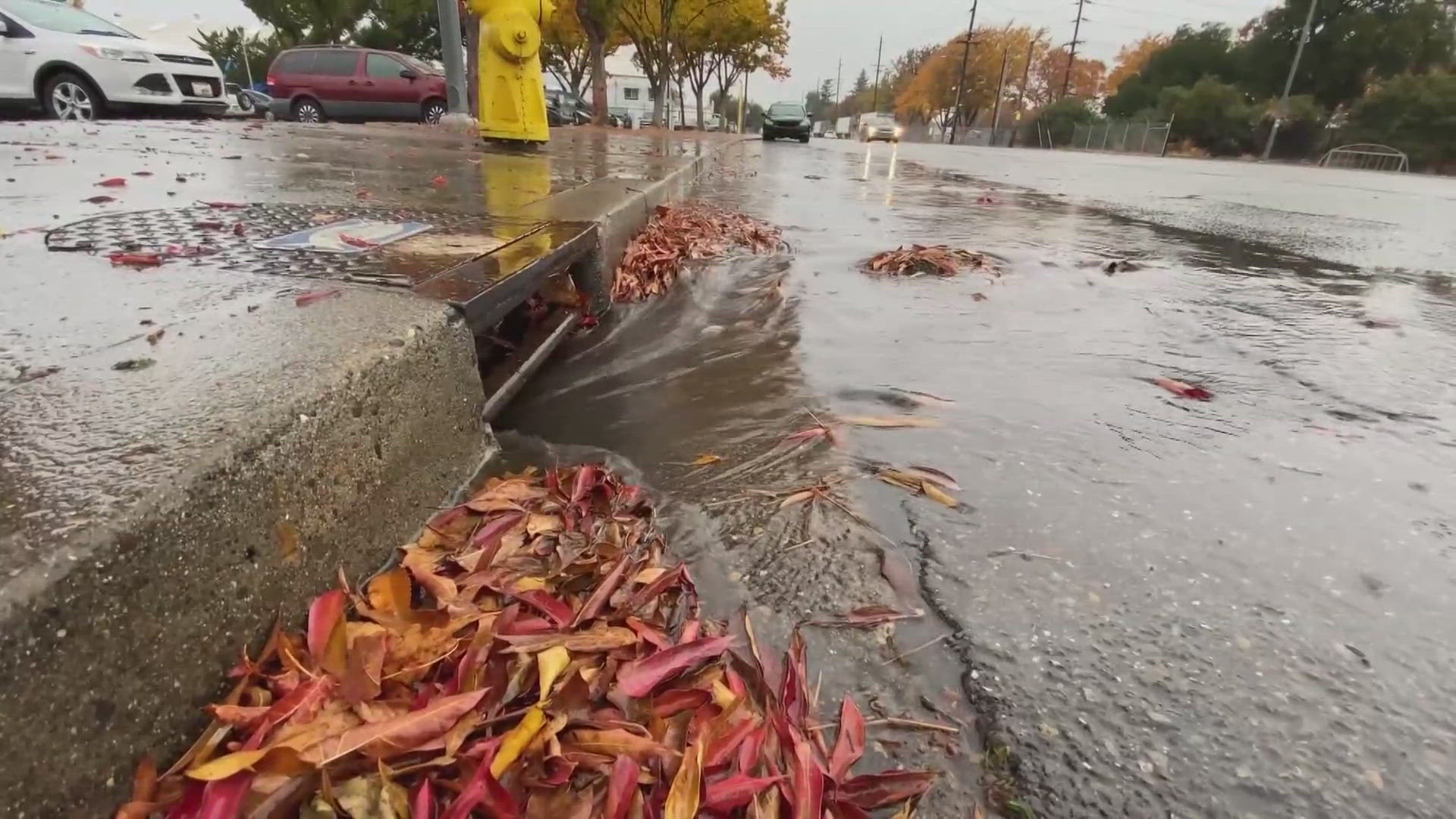CALIFORNIA, USA — This story was originally published by CalMatters.
Despite being separated by just 24 miles and operating within the same college system, California State University, Los Angeles and Cal State Long Beach have one key difference for students right now: Students in Los Angeles started getting relief money in late February while students in Long Beach may have to wait until mid-April.
UC Berkeley also plans to distribute relief money by mid-April. City College of San Francisco, just across the Bay, started handing out money in March.
The variance means that a student at one college received $1,000, give or take, weeks ago while a student attending a school crosstown still waits for their share, according to information CalMatters requested from several dozen California public institutions and a review of their websites.
That means the soonest any students received their portion of the $21 billion higher-education relief package Congress approved Dec. 27 was two months after the funds were approved, and it could be three months or longer for a significant portion of California college students.
The time it takes universities to get the money into the hands of students has a direct impact on the students.
Isabel Lopez is a junior at California State University, Chico, which last Thursday posted $13 million in student aid made available by the December law, the Coronavirus Response and Relief Supplemental Appropriations Act, known as CRRSAA. Augmented by campus dollars, Chico State is awarding as much as $1,000 to everyone enrolled. About 15,000 students will begin receiving the funds this Thursday.
While Lopez is grateful for the $800 emergency grant she is receiving, the money would have been more meaningful had it reached her a month ago, she said.
“It’s nice now, of course, because either way I get to have that cushion and use it for the next couple of months, but I could have had that cushion two months ago, ” Lopez said.
In early February the first-generation college student left her campus job to focus on school, citing exhaustion from being moored all day to the same workspace at her shared apartment in Chico. But quitting work meant no income for a big expense later that month: a security deposit on an apartment she’s moving into come July for the fall term.


A stimulus check would have covered the security deposit and given her financial security. Instead she had to lean on her parents, for whom the extra expense was a struggle, she said. Even a relatively small amount goes a long way. Last spring Lopez received around $800 from the school’s share of the CARES Act, the federal COVID-19 relief bill passed last spring; the amount she received took care of two months of bills and a month of rent, she said.
“I feel like as a student we should be focusing on school,” Lopez said, “Financial needs shouldn’t be a reason that students are adding more stress onto themselves.”
Relief money only now making its way to students isn’t “troublesome,” said Megan Coval, a vice president at the National Association of Student Financial Aid Administrators. Schools technically have a year to use the funds from the time they gain access to them, which in some cases is just recently. The December law also expands how colleges can use the money compared to the CARES Act.
“There are a lot of decisions that campuses have to make in terms of who’s going to get these funds and how they’re going to disperse them,“ Coval said.
Timing for when federal largesse hits campus accounts has been all over the place. UCLA received their December aid for students two weeks ago. Same with Modesto Junior College; the community college is hoping students will see that relief within the next two weeks. At the other end, two schools indicated their funds came in January.
A few campuses that only recently issued student grants have had access to the federal aid since late February, including Chico State. There were unresolved questions about how to use the funds well into March, said Sean Murphy, a campus spokesperson.
Still unsettled is whether undocumented and international students can access the money. The University of California recommended that its universities use campus funding to support those students. Also forthcoming are instructions on how to use the much larger pot of money from the American Rescue Plan, passed in March.
Colleges vary in how much of their total federal relief goes to student aid, as well. Mt. San Antonio College is spending more than the minimum required in the December law; in fact, it’s doubling its share — a total of $17.4 million that’ll reach students this week.
The size of student awards differ by college, in part because some campuses issued aid to everyone while others focused more on the ones with the highest need. Not everyone at UC Riverside is getting aid, though the awards range from $600 and $1,600. Sacramento State’s awards ranged from $600 to $850 for all students. “Obviously, every student has been affected in one way or another by the pandemic,” its website explained.
Some campuses said they pushed out funds from the December law faster. Cal State Northridge got its portion March 11 and began disbursing $22 million to nearly 29,000 students on March 25 via direct deposit and mailed checks. The campus said it moved quicker with this batch of money because of the legwork that went into distributing the CARES Act funds last year, which took the school more time to dish out, said Colin Donahue, Cal State Northridge’s chief financial officer.
The university automatically awarded the December-passed grants to students rather than having them apply for aid like it did with the CARES Act funds.
“We were pretty far into the spring semester and we figured students need it,” he said.
CALmatters.org is a nonprofit, nonpartisan media venture explaining California policies and politics.



